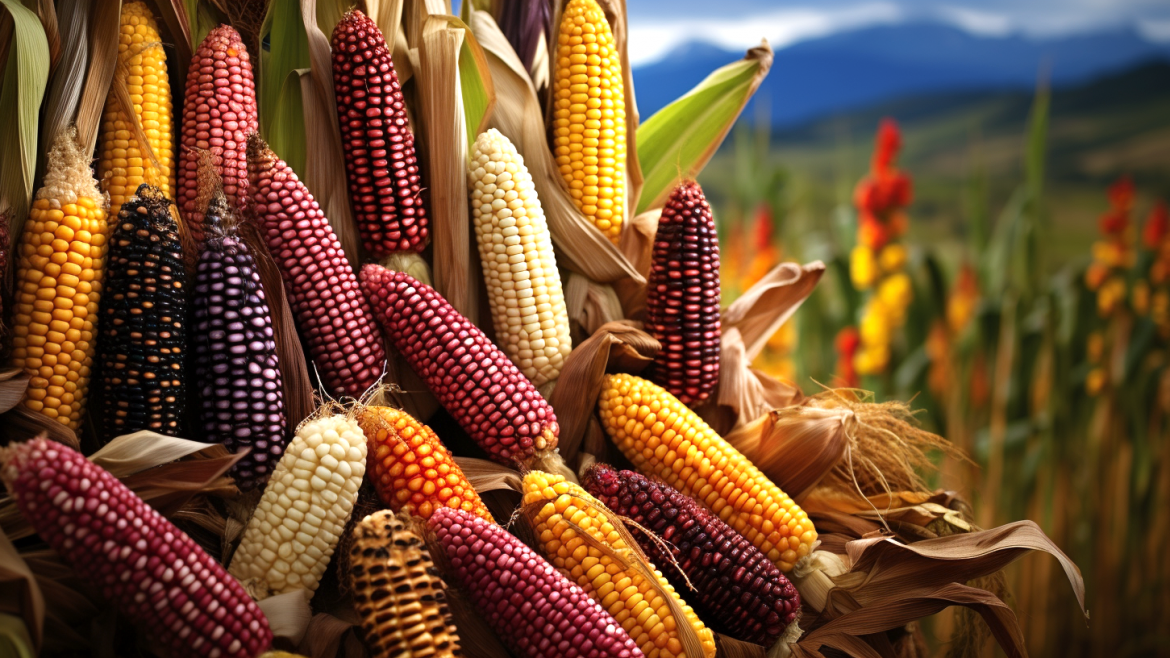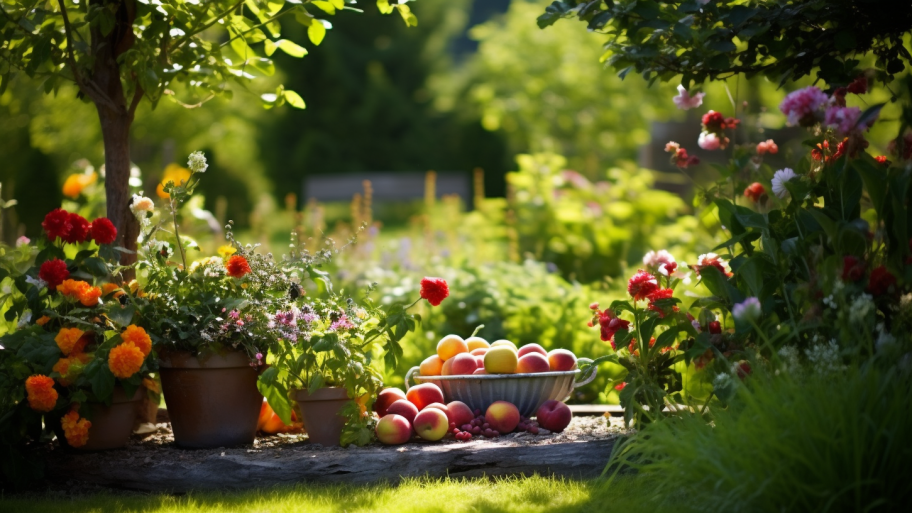The Andean region boasts a rich agricultural history, with a wide range of crops that have shaped the diets and cultures of its people for millennia. At the heart of this agricultural legacy is the humble potato, one of the most important and versatile crops in the world. Along with the potato, the Andes is home to numerous other valuable crops, such as quinoa, amaranth, and various tubers, which together provided the foundation for the thriving civilizations that once inhabited the region.
Potatoes (Solanum tuberosum) originated in the Andean highlands and were cultivated by the Andean people for thousands of years before they were introduced to the rest of the world. The potato’s ability to thrive in the challenging Andean climate, as well as its high nutritional value and versatility, made it a staple crop for the people of the region. Potatoes are rich in carbohydrates, vitamins, and minerals, providing a reliable source of energy and nutrition for the inhabitants of the Andes. Today, there are thousands of potato varieties, many of which can still be found growing in the Andean highlands.
In addition to potatoes, the Andean region is home to a variety of other nutritious and hardy crops. Quinoa (Chenopodium quinoa), a pseudocereal known for its high protein content and complete amino acid profile, was an essential food source for the Andean people. Amaranth (Amaranthus spp.), another pseudocereal, was also cultivated for its nutritious seeds, which were used to make a range of dishes, including porridge, bread, and beverages.
The Andes is also home to several lesser-known, yet equally important, crops. Among these are oca (Oxalis tuberosa) and ulluco (Ullucus tuberosus), tubers that were cultivated alongside potatoes and valued for their distinct flavors and textures. These tubers, along with other Andean crops, provided the Andean people with a diverse diet and helped ensure food security in a region where growing conditions could be harsh and unpredictable.
The rich agricultural history of the Andes, and the importance of potatoes and other Andean crops, continues to have a lasting impact on global agriculture and cuisine. These crops have not only shaped the culinary traditions of the region but have also spread around the world, becoming staples in many countries and providing vital sources of nutrition for millions of people.
In the next section, we will further examine Inca agricultural practices and how their innovations continue to influence modern farming techniques. In addition, we will list a number of ancient plants from the Incas that can be grown in modern gardens.




